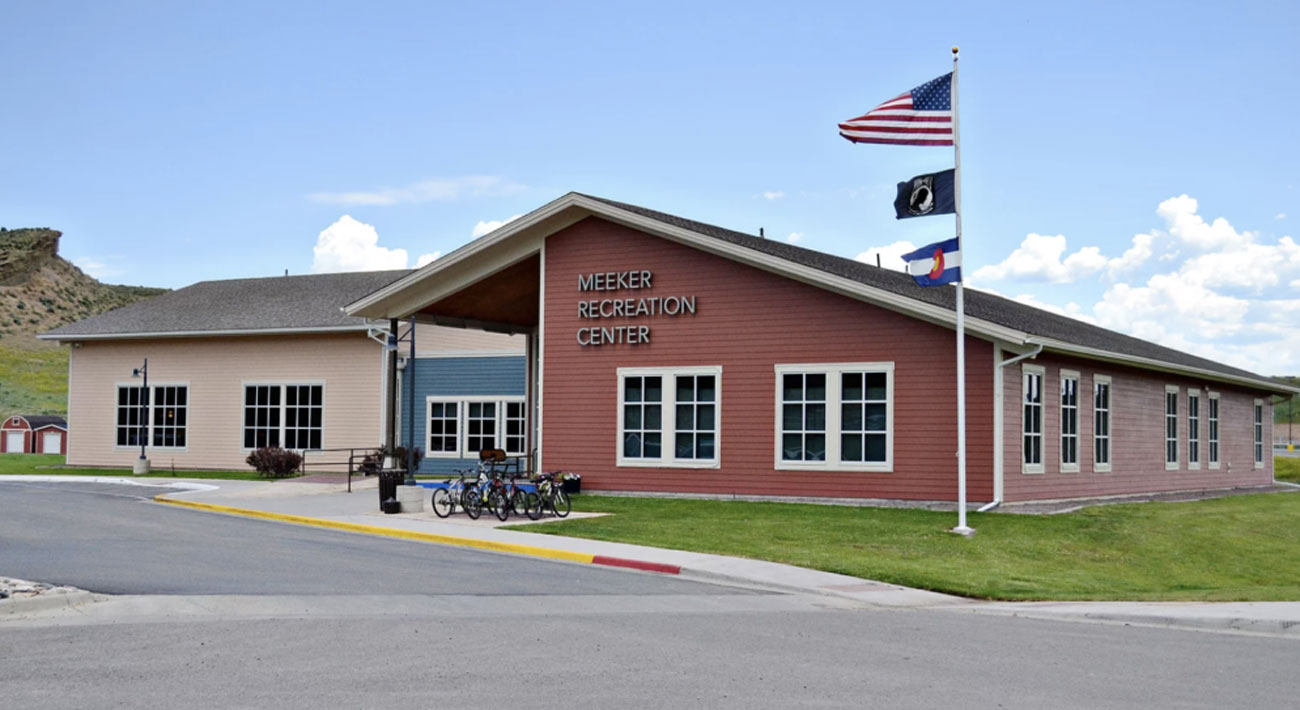Ongoing issues with heating, ventilation and air conditioning supply chains have reached Sharyland ISD, and there is not much district leaders can do about it. The board of trustees approved HVAC building upgrades at Sharyland High School at the November meeting, but the estimated completion date for the project is in 2024.
SISD leaders have been speaking about the need for these upgrades for years. When the district went out for a multimillion bond in 2020 and 2021, part of the bond money would have gone toward a new HVAC system at SHS. Both bonds failed, but the problems did not go away, and the district still needed to address the outdated HVAC system from 1976.
Now, the district will pay for the remodel from the third round of the Elementary and Secondary School Emergency Relief fund. The school board approved Carrier Corporation to take on the project for $1.94 million. Carrier Corp. was the highest-ranked vendor and lowest bidder, followed by Texas Chiller Systems ($2.3 million) and Quantum Mechanical Contractors ($2.2 million).
The project will start four months after the equipment arrives, hopefully in the summer of 2023. Executive Director of Maintenance Mark Dougherty said they are looking at completion between January and March 2024 if all goes well.
Trustee Ricky Longoria expressed concern over the lengthy time frame and cost of materials. Although Dougherty assured the board that the project cost remains the same, the issue of the lead time length goes deeper than the school district’s HVAC concerns.
SHORTAGES EXPLAINED
The HVAC industry is just one of about 169 industries affected by the semiconductor chip shortage. A semiconductor is, in short, the brain of modern electronics, according to the Semiconductor Industry Association. It controls the flow of electric current devices and allows them to receive, store and process information. The chip is in automobiles, computers, phones and household appliances.
The global supply chain issue was on the verge of happening before 2020 because of increased digitalization. The COVID-19 pandemic only accelerated the shortage to where it is now. But the trade conflict between China and the United States, Russia’s invasion of Ukraine and a series of severe weather and man-made events prolonged the problem.
In September 2020, the U.S. government tightened trade restrictions on China’s largest chip manufacturer, forcing companies to seek out manufacturers elsewhere. Many manufacturers turned to plants in Taiwan, but the country experienced its worst drought in 50 years, which slowed production. According to a 2021 Forbes article, the dry spell slowed production because semiconductor manufacturers can use more than 150,000 tons of water daily to clean factories and their products.
The Russia-Ukraine conflict affected the chip industry because Ukraine produces and exports a hefty supply of the elements used to create semiconductor chips.
When Texas experienced the February 2021 winter storm, three chip manufacturing plants had to halt production due to power outages, causing weeks to months of delay and a loss of about $357 million.
Each event, regardless of size, has caused a ripple effect that has delayed the production and distribution of semiconductor chips. But there is light at the end of the tunnel.
Earlier this year, some sectors reported a surprising chip surplus. Additionally, President Joe Biden signed the CHIPS (Creating Helpful Incentives to Produce Semiconductors) and Science Act into law, to boost production in the U.S. The act adds about $50 billion in investments in American semiconductor manufacturing. However, it will be a few years until the industries see a noticeable improvement in the lead time.
HVAC
In addition to the semiconductor supply and cost increases, the HVAC industry faces a shortage of materials and equipment, including steel, copper and motors.
As for the HVAC contract with Carrier Corporation for Sharyland High School, Dougherty said they do not foresee an increase in the $1.94 million as time goes on.
“We’ve seen it, we’re experiencing it with everything that we have gone out for bid,” he said. “The lead times are a year, year and a half. And we’ve had no issues or concerns with anybody coming back and asking for an increase in price or anything like that. So we’re locking everything in at this time contractually with the price. We’re also seeing that they’re factoring-in a lot of those things into their pricing.”
SISD’s Attorney Ivan Perez said the legal team can adjust the force majeure language to indicate that the contractors included the time delay in the board-approved price.
